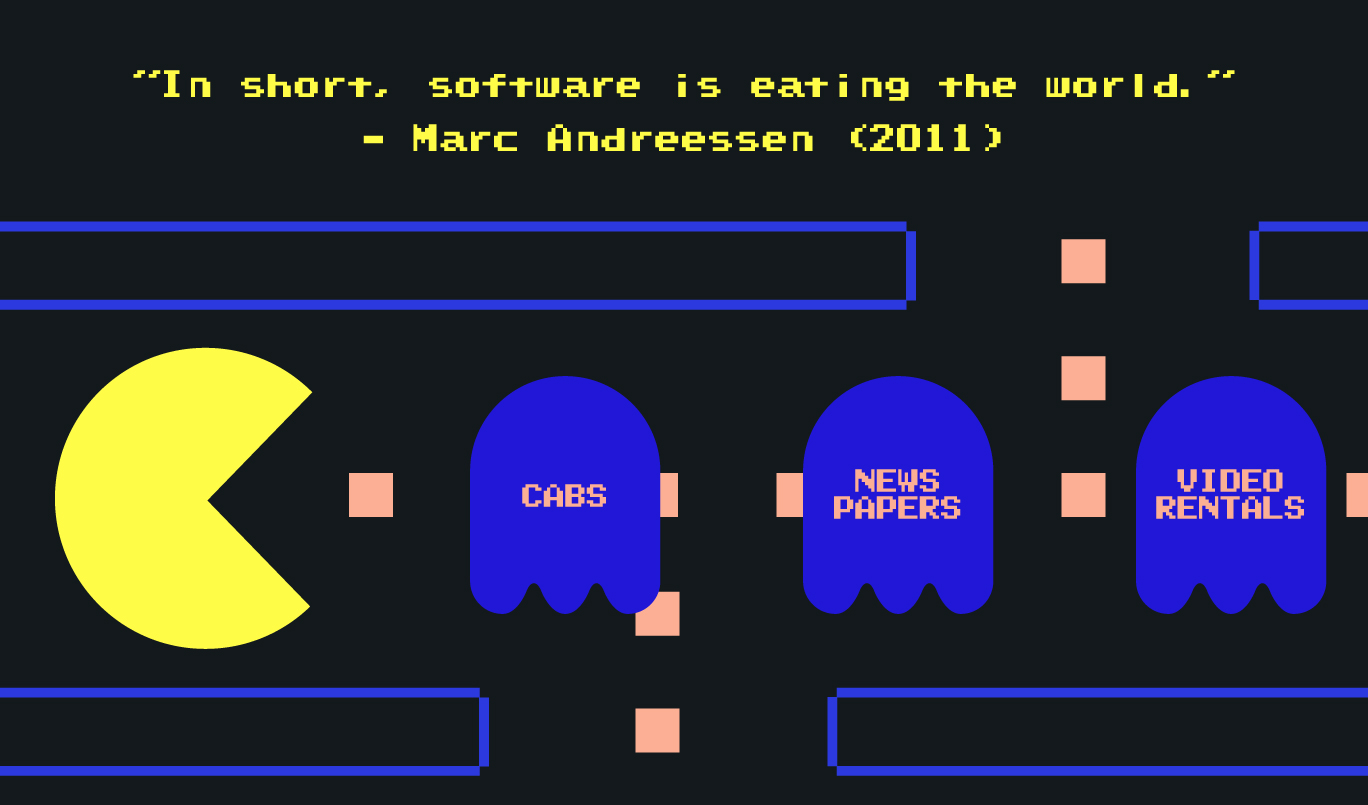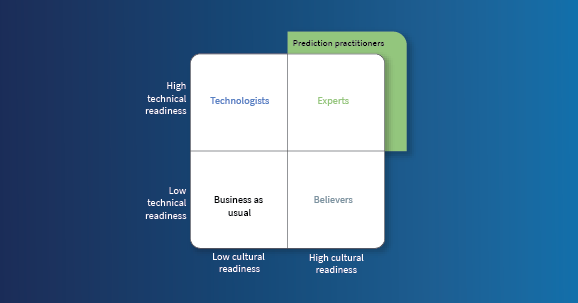The importance of working in the “now”
Key Takeaways:
- Engineering SMEs are key to the successful deployment of AI, but plant engineers are busy: They need to focus on today’s problems. However, traditional analytics projects focus on the past making engagement difficult.
- A way around this conflict is to deploy an analytics solution which uses current data while also providing useful insights about that data in real time.
- An example is presented of what this approach, “working in the now,” might look like.
When you’re swapping parts in a compressor for the 3rd time trying to get production restarted, you don’t care what was for lunch last Saturday.
With the increased workloads brought on by a competitive market, plant engineers don’t have much bandwidth to spare. They are frequently running from crisis to crisis. Their ability to think about historical problems is limited. Unless that history has bearing on an immediate issue, why spend hours, or even minutes, sifting through old data about an old problem which was resolved months ago?
Yet, this is how industrial analytics projects are frequently carried out today.
Assemble a team of highly trained data scientists to look at volumes of historical data, logs and contextual information (like maintenance records). Then spend months pouring over that data in order to create and validate models which can predict the behavior of interest – as it happened in the past. It is no great surprise, then, that one of the most difficult parts of these projects is to get the engineering subject matter experts (SMEs) to provide timely input. Yes. It may help in the future, but how is this helping me now? I’m busy. I want to help but I just can’t.
Short of deprioritizing production, what can be done?
Analytics ought to focus on the problems the SMEs are dealing with today instead of on problems that happened in the past. It is like a really smart, new engineer who is learning every day by talking with experts about what they are finding. The key to their success is how quickly they learn and put what they learn into action. This is not easy to do with traditional analytics and ML techniques today but it will soon be.
What might this look like?
Start with the data you have
A plant’s process or production engineer is starting up a new variant of an existing process. The equipment is not new so there is a history of sensor data from running the old process. However, there is no data about what the new process looks like on this equipment. That is, the individual sensor behaviors, much less the interplay of the various subsystems on the sensors’ output, is uncharacterized. Nor is there a history of plant issues peculiar to this process. Instead of trying to build a physics based digital twin of the new process or extrapolating rules from old behaviors, the plant engineer just flags the start of a new use case and begins collecting data.
Get feedback using insights from current operations
In a short time, the system establishes what the new, system level, multivariate “normal” looks like based on a few short, qualitative questions to the engineer each day. As the system finds novel behaviors, it alerts the engineer, explains the insight from the sensor data and past behaviors and then asks for confirmation about what these events were: Were they different kinds of normal behavior? Were they known, adverse issues? Were they novel conditions? Based on these answers, the system automatically updates its alerts and provides more finely tuned notifications over time.
Improve performance while gaining insights today
Through this approach, the plant engineer is able to see things in real time that they might have missed. For example, subtle instabilities in the equipment related to certain parameter combinations trigger alerts allowing faster response to those instabilities. Or correlations are found between final product quality and alerts of unknown system behaviors, identifying conditions which lead to poor quality. This is done without taking the plant engineer out of their day-to-day work. Every minute spent working on analytics saves multiples in lost production.
The traditional way of evaluating analytics is built on historical data. This is fine for those not in the trenches keeping a plant operating, but those on the front lines need to stay focused on the now. Only by applying analytics to today’s operations and validating them on current issues will plant managers gain confidence that the solutions apply to the real problems which are costing the business today. We need to start from now rather than meandering to it.





